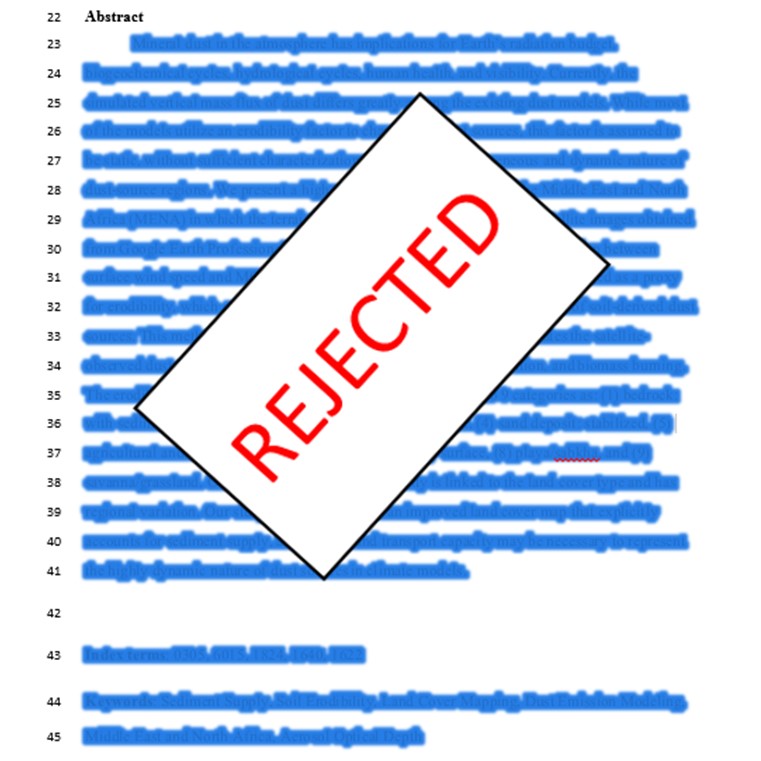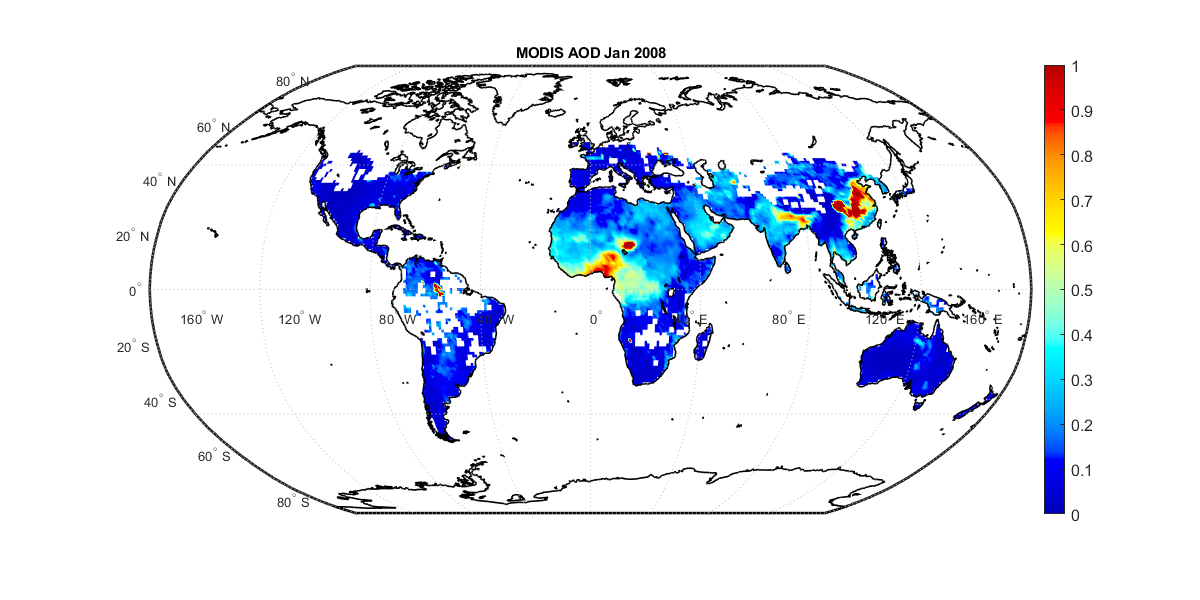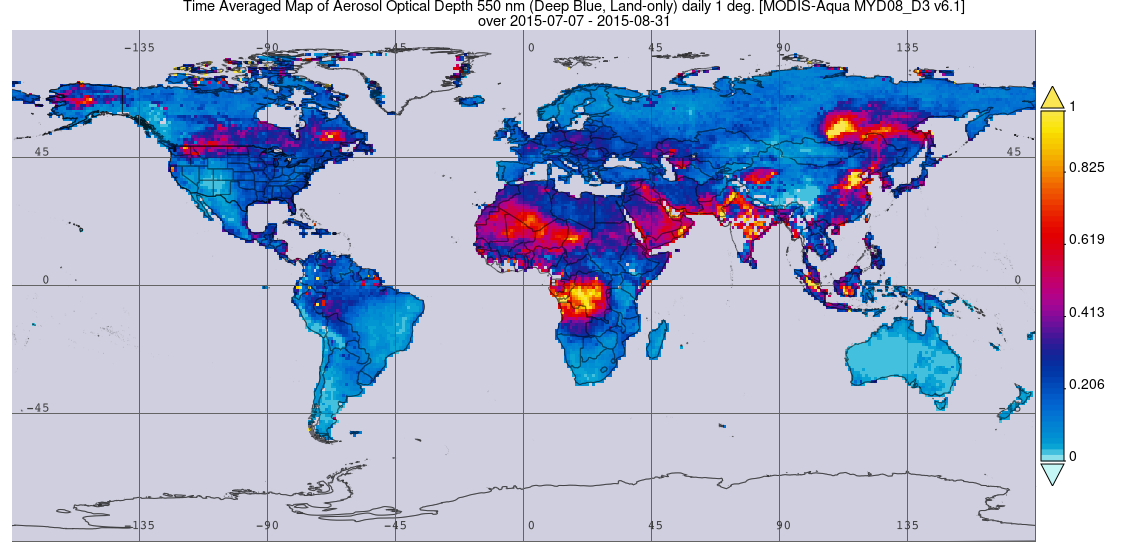A scientific research article finds its way from “submitted” to “published” status through the combined efforts of authors, reviewers, journal staff, and editors. The role of journal editors and staff may be more indirect, but the authors and the reviewers are directly involved in the exchange of ideas during the review process. Review is essentially a two-way communication between the authors and the reviewers. Paying attention to some subtle details of the review process can make such communication more effective. In this piece, I discuss the role of the reviewers—how can a reviewer provide an effective review?
Most of the researchers have a dual role to play. They are authors and reviewers too. Almost all researchers contribute as a reviewer at some point during their careers. Although reviewers usually provide their service free of cost, they get several intangible benefits in return, from career growth and recognition to critical thinking. There is no doubt that reviewing is one of the most responsible jobs in academia. Even the best of the best research must go through a reviewer’s eye before it is published. Without the input from reviewers, we would not be able to know about those breakthrough discoveries in science and technology, from DNA structure to the big bang theory. A reviewer’s input also helps to make the paper more readable and understandable to a broader audience. Although the external review process is fairly established, which dates back to the 18th century, there are several subtle details paying attention to which make the process more efficient.

In order to provide a fair and effective review, the reviewer must be able to view the manuscript from a broader perspective while also paying attention to the minute details. Asking the following questions in order can be helpful in this regard,
- Does the manuscript have some elements of curiosity, wonder, and an innate human quest for knowledge?
- Are the authors aware of the impact of their research on human beings and other life forms on Earth?
- Are the claims presented in the manuscript consistent with basic scientific principles?
- Are the ideas presented in the paper consistent and structured around the main point?
- Are there any errors or wrongdoings in the manuscript, willful or unintentional?
A reviewer should keep the above questions in mind during the entire review process. As a reviewer, we must aim to provide our best input so that the paper is meaningfully improved. While a review is helpful in meeting our career goal, as researchers, it is also our professional and social obligation to push science forward. Only if we embrace reviewing as part of social responsibility, we will be able to contribute meaningfully and become proud of our service. The following tips can be useful in making your review more effective.
- Be supportive
- Be responsive
- Be realistic
- Have a broader mindset
- Focus on content and science
- Recognize and promote creativity
- See the bigger picture
Be supportive: Many reviewers regard the review forum as a place for providing criticisms to the authors. This narrative must change. A publishing platform is a place where you provide support to your fellow authors. We must support each other in our respective research fields so that we all can grow together. Learning is a collective process with a common interest. We are likely to discover new things if we seek each other’s help. If our research field grows or if one of us discovers something new, we all get benefits. Remember, you have become a reviewer today because you have published your work with the help of other reviewers. You will easily see the positive impact of the review process if you compare the first version of your manuscript with the final published version. So before finalizing a review, please make sure that you have provided some supportive comments or suggestions in the review. Before hitting the “submit” button, make sure to ask yourself, in what specific ways you are helping the authors. Is your review likely to be appreciated by the authors or not?
Be responsive. Reviewers are usually given 2-4 weeks by the editors to provide their review. Unfortunately, most of the reviewers submit their reviews in the last hours, when they receive the final reminder email. On top of this, reviewers are usually given 3-7 days for initial acceptance to review a manuscript. Even during this stage, many reviewers give their decision on the last day. Although meeting the review deadlines is technically correct, it may not be a sign of a responsible reviewer. In most circumstances, except for genuine reasons like humanitarian and travel reasons, we can provide our initial response within a day. There is nothing much to think about at this stage. It only takes about 5-10 minutes to read the abstract and respond. If that is not the case, stick to this advice—do not commit to reviewing if you do not have enough time. For the detailed review report, if we manage our time properly, it should not take more than a week because it takes only about 3-4 hours for reviewing a paper. If it takes more than 3-4 hours to review the paper, you should probably not review the paper. Personally, I try to submit my reviews within 3 days. There is no reason to wait for the editor’s deadline. Once the paper is in our hands, we have to set our own deadline. All authors want to pass through the review process as soon as possible. Remember how desperate you were to see the reviews when you submitted your first paper. Therefore, it also becomes our moral obligation to provide the review as soon as possible.
Be realistic: A paper cannot include all the literature reviews we might want to see. Neither can it answer all questions that we might want to know. With the authority we get as a reviewer, our expectations may reach unrealistically high at times. We must be realistic about what we expect in the review from the authors. It is unfair to ask the authors to repeat the entire experiment for answering a minor question. The authors are obliged to clarify the content of their manuscript but they need not answer all our personal queries. It is reasonable to ask for clarification if you genuinely do not understand something but the question must be relevant to the paper. Similarly, we cannot ask the authors to redo the entire simulation, just to prove a simple thing. Redoing simulation is also a waste of resources because extra computation involves extra energy; supercomputers have significant energy requirements for cooling. Therefore, it will be helpful to identify what are the major and minor comments in the review. After all, however good or extensive our review be, the authors have the final right to accept or reject them. The authors may not be able to satisfy all of our queries. That is totally fine. It is their work so it has to be their decision. It is very important to trust the authors in their work because we all are part of the same research community.
Another important point. You might be an expert in your field, but realize that the authors probably know more than you do about their work. All authors spend a significant amount of time, from months to years, investing in their research questions. So obviously, they know more about their work. In my own experience, however good the quality of a paper is, many reviewers fail to recognize it. As reviewers, many people feel obliged to provide some comments, which is unnecessary. If a paper is well written, it is perfectly fine to say that I do not have any comments. Most experienced authors submit their articles only after going through a rigorous internal review and proofreading. In such a case, it is important to acknowledge it.
Have a broad mindset: Many reviewers throw what is on their heads even if it is not relevant to the paper that they are reviewing. If we only look at the paper through our own lens, we are not likely to provide a fair review. For experienced reviewers, who have spent years to decades conducting research in their field, it might be tempting to think that we know everything about our research domain. However, it is important to recognize that the research field is a dynamic landscape and it keeps changing every day whether we are aware of it or not. Several interdisciplinary research topics keep emerging as we try to understand the wholeness of research. For example, some of the earliest climate models only had atmospheric components because at that time we thought that the atmospheric interactions with land or ocean were not significant. However, now we know that such interactions do occur through multiple pathways, among all components of the earth system, land, atmosphere, ocean, biosphere, and cryosphere. There is still a lot more to know in this regard, from human-animal-climate interactions to deep-ocean processes. We must be willing to expand our research boundaries to allow knowledge to permeate through different interdisciplinary areas. Therefore, it is important to keep our minds open so that critical cross-boundary interactions take place and science advances forward.
Focus on content and science. The primary objective of the research is to contribute to pushing science forward. All other aspects including communication are secondary. In many instances, reviewers focus on the English language too much. Some go so far that they end up providing comments related to English and language structure only. As highlighted in a Communications Earth & Environment editorial [2], we should focus more on science than language. We must understand that language is just a means of communication. As long as the intended message is clear, it cannot be a barrier to publication. Creative ideas do not depend upon a language. Groundbreaking scientific discoveries can come from anyone and any geography. For our own benefit, we must welcome researchers from across the world whose native language may not be English. We are now in a world where inclusiveness, diversity, and multiculturalism are highly sought after and valued. Therefore, our primary focus must be on content or science, not anything else. Further, we should evaluate the manuscript freely without any judgments regardless of whether the authors are early-career researchers or experts in the field. We must give everyone an equal opportunity. In fact, new researchers are the ones who bring innovative ideas to the table. These days, many journal articles are full of repeated materials. In a world, where, millions of research articles are published every day [3], many of which are repetitions, we must be willing to appreciate new ideas. We have to focus more on the idea and results, not on the bureaucracy of the process.
Recognize and promote simplicity: One of the key attributes of creativity is simplicity. Therefore, we have to recognize the simplicity of research. There is one thing to be aware on this regard—we are generally impressed when the results are presented in a complex manner. We think that the paper is more legitimate if we see complex figures and have complex discussions around a certain point. These days, publishing has become a painstaking process. Many researchers now believe that high-quality research must have complex figures and advanced 3-d models to prove their points. We are unconsciously promoting such practices in the name of high-quality research. We must not think that complexity is the characteristic of science. In fact, it is the opposite. Most groundbreaking ideas are indeed simple. Simple statistical measures like correlation, standard deviation, and root mean square error can tell more than what advanced statistical analysis can do in many instances. We must choose clarity and simplicity over confusion and complexity. Doing research and publishing the results should be a joyful process. Sharing knowledge should be the most satisfying human experience; it need not be a painful process. If we choose complexity over simplicity, we are only winding up ourselves. According to research conducted in the journal Humanities and Social Sciences Communications published by nature in 2021 [4], more than 40% of PhD students in the UK met the criteria for moderate to severe depression or anxiety, which was much higher than for other working professionals. There is no doubt that one of the main causes of this problem is the hardship faced by the researchers while going through the painstaking publication process.
See the bigger picture. Amidst growing academic pressure, a competitive research environment, and peer competition, many researchers forget the larger purpose of their research. We must remember that we are obliged to serve society because, in one way or the other, taxpayers fund our research. It is our obligation to align our research for the benefit of our society. Rather than pushing a particular line of thought, we have to push ideas that are beneficial to humanity. If science does not benefit society, there is no meaning in investing in it. And we have to make every effort to make our research accessible to the public. For this reason, the authors should communicate their research in as simple terms as possible. They should write their paper keeping in mind the larger audience or the general people, not the experts in their field. As reviewers, it is our responsibility to check if authors are mindful of the bigger picture of their research.
References
[1] The art of responding to reviews. Nat. Geosci. 12, 401 (2019). https://doi.org/10.1038/s41561-019-0386-7
[2] Language matters for impact, not acceptance. Commun Earth Environ 3, 34 (2022). https://doi.org/10.1038/s43247-022-00370-4
[3] Ware, M. and Mabe, M., 2009. An overview of scientific and scholarly journal publishing. The STM report, https://www.stm-assoc.org/2012_12_11_STM_Report_2012.pdf
[4] Hazell, C.M., Niven, J.E., Chapman, L. et al. Nationwide assessment of the mental health of UK Doctoral Researchers. Humanit Soc Sci Commun 8, 305 (2021). https://doi.org/10.1057/s41599-021-00983-8.
















